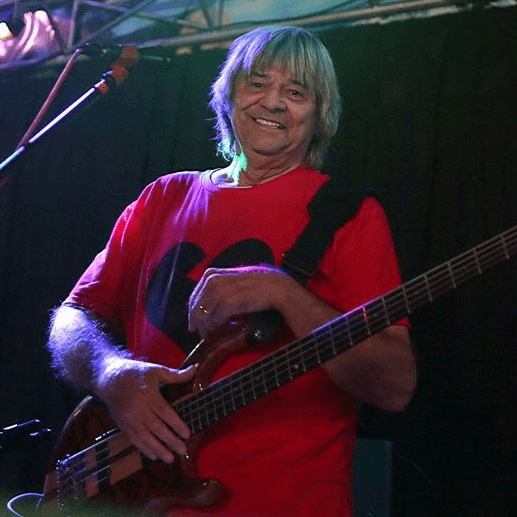We’re excited to introduce you to the always interesting and insightful Charlie J Souza. We hope you’ll enjoy our conversation with Charlie J below.
Hi Charlie J, thank you for being such a positive, uplifting person. We’ve noticed that so many of the successful folks we’ve had the good fortune of connecting with have high levels of optimism and so we’d love to hear about your optimism and where you think it comes from.
Growing up hasn’t been easy, as I am still working on that, and for some reason or other I really don’t think I will ever grow up! But in my early years through many difficult times in my early childhood and then into “the formative years,” there were things that happened to me which could have turned me into a thief or a murderer. Just the opposite happened because I had the seed of music planted in me from birth. It became a way to express myself. Out of this came some healing and some growth which helped me turn my life around. I struggled with self-esteem and self-confidence until I learned that I could do something positive to feel good about myself. That led me to a certain amount of growth and pride which I used in many different ways. It wasn’t always easy to be the man I could be; it took a lot of time, making plenty of mistakes along the way as I was damaged goods, but I had a song in my heart and the love of life.
Writing about my experiences has been a great healing process which now takes me into the sunset of my life, knowing that good always triumphs over evil and sadness gives way to happiness in the end, and as long as you show love for others, you will also receive the love you need with all of its virtues. Time is fleeting and words do really mean a lot. I owe all of this first to my mother who played music and gave me the music that runs through my veins from before the time I was born until the time that I lost her just thirteen years into this adventure. To my sister, Sylvia, who brought home all of those Elvis Presley records and sang Elvis songs to me, I owe the joy of singing and the happiness that has always brought me. My dear sister, Ruthie, gave me the gift of pride and the value of discipline to learn and to grow into something better than I am.
To all of the people in my life who I have come in contact with, I give great thanks to have known you and to have received your individual gift of friendship and love which has only made me a better person. It’s a dream come true to reflect on the long road behind me and see that every twist and turn came for a reason and that I am full of the love, the light and the music which was given to me by my Mother and all of those who I have known along the way. So this book is not only for my own healing, but it is also an acknowledgement of the people in it. I hope you enjoy some of the stories and I pray that you Live Your Dream
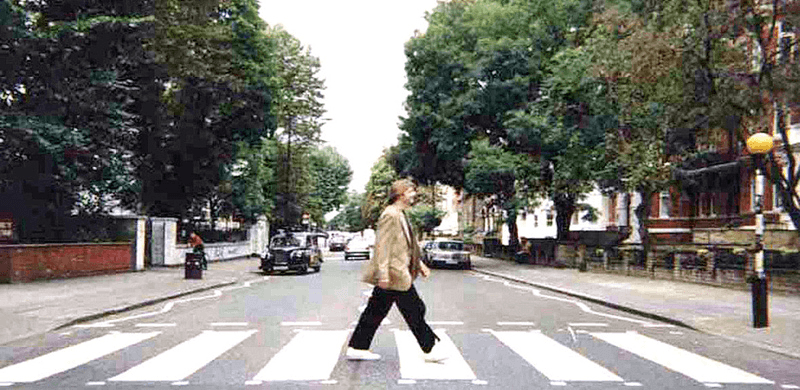
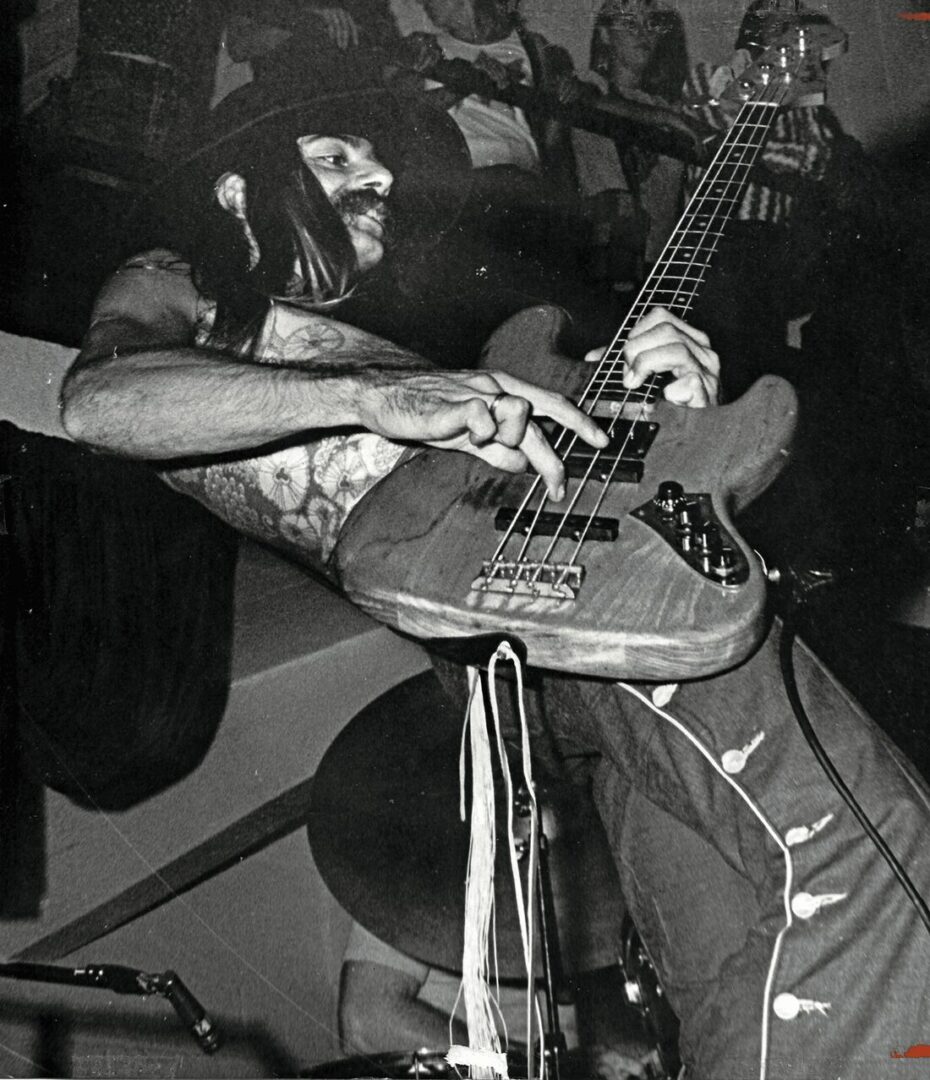
Great, so let’s take a few minutes and cover your story. What should folks know about you and what you do?
Today I am still singing and playing music, whenever and wherever I can. I still plan to record another CD and continue to write more songs. Currently I’m working on a project with songs I recorded way back when, and I’m having them put on CD with higher quality. In addition to that, I’ve become somewhat of a computer nerd—always working on one of my many websites I’ve created.
I am also still working on being a better person as I told you at the beginning, and I will probably be doing that the rest of my life. I have taken lessons from all of the musicians and other people that I have worked with or come in contact with over the years. Some lessons were hard; others were priceless gifts that only helped to make me a better person and a better musician. If I were to list everyone, I’d be typing for another year or so! But there are some people I would like to mention and thank, because in the process of writing this book and reflecting on things in the past, I am reminded of some of the really important ones.
First of all, when my music career was in its infancy, I want to give my thanks to Tim Cleary, whose family took me in and saved me from a bad situation at home. Thanks also go to Buddy Pendergrass whose parents, Hardin and Peggy, let me live with them for a short time after my last days of high school and who taught me dignity.
From there I’d definitely have to thank Eric Turner. He was very talented at a young age and I was very excited when he joined the band in 1964, as I knew I would have a solid, talented musician to learn from. In recent years I was grateful that he joined me and The New Tropics for my New Years Eve engagements in 2007 at Tampa Palms and in ‘08 at The Bayou Club here in Seminole, Florida. Both of those years he flew in from California with his wife, Carol. Then in ‘09 we played together again at Hunter’s Green in Tampa, sadly without Carol as she had gone to Heaven earlier that same year. To this day Eric is still one of my best friends and we have come together in music on many occasions for over forty years!
I would also like to thank Margie Sexton and her late husband, Dick, for taking my early career, first in The Tropics, and then in Bacchus, as far as they did. As the band’s managers and promoters, they were very instrumental in my success in the music profession and probably did the most anyone’s done as far as kick-starting my career. I’ll never forget when Dick flew his private plane himself from Tampa to meet us in Chicago at the World Teen Fair. He got there just in time to see us win it all in the Battle of the Bands, and that made us feel really special knowing how important we were to them. If it weren’t for them, I might never have had the chance to become as well known as I did, which, in turn, afforded me more opportunities.
After some years of my musical development, my friend, Bobby Caldwell, gave me a shot at being in the band Cactus at a time when I was stranded in New York and needed a quick change of venue. Thank you, Bobby. That band led me to another important influence in my music career, Duane Hitchings, as well as being the introduction to the person I was replacing, Tim Bogert. It turned out the guitar player in that band was none other than Tampa’s own Mike Pinera, from whom I also learned a lot. It was a joy and a pleasure to play music with Mike, who I had so much respect for from the days when Blues Image played at Dino’s on Dale Mabry in Tampa.
This was the decade ‘73-’83, when I had the love and support of my second wife, Rachel, who worked hard to make sure we were taken care of while I chased the elusive dream that all musicians have of making it big. We were together for ten years plus and to her I owe my deepest gratitude. She was with me during my transitions from Tampa to New York and back to Tampa, then out to Los Angeles in ’75. But when tempted by the Hollywood scene, I eventually moved on and we divorced in the early ‘80s. Then just before The Tropics’ reunion in ’99, Rachel lost her battle with cancer. While in town for the concert, I visited her grave. I immediately felt overwhelmed with love and knew it was coming from her spirit that was still with me. I broke into song and started singing: “Blackbird singing in the dead of night, take these broken wings and learn to fly, all your life, you were only waiting for this moment to arise. Blackbird singing in the dead of night, take these sunken eyes and learn to see. All your life, you were only waiting for this moment to be free. Black bird fly, black bird fly, into the light of the dark black night.” What a wonderful partner she was with her bright outlook and happy smile and without her, I would not have made it as far as I did.
Next, I’d like to thank Tom Petty, who got my number from Margie, for taking me to California where I met a number of influential and helpful musicians that I told you about in the book, and I learned something from each and every one of them. Like everyone else who trolled the Sunset Strip in Hollywood, I had always wanted to be a “Rock Star.”
In compiling a lot of old memorabilia in the process of writing this book, I came across an article published in the Tampa Times from August of 1966 which exalts The Tropics as the International Battle of the Bands prize winners. Back then, during the time we were in Chicago for that contest, Good Lovin’ hit number one on the charts. Further down in the Times article, it goes on to say that the contest winners the year before in 1965 were The Young Rascals. All these years later, and now I’m playing and singing that song with two of those original guys. I couldn’t believe it—that is so ironic! My thanks to Bill Pascali for introducing me.
It’s been fun, sometimes it’s been sad, other times enlightening when someone has reminded me of something, but it also has been healing to write this memoir. Even though I’ve gone through some very bad experiences, I have learned that through all adversity, with love and music in your heart, there is always hope and things do get better! Thank you again to all of you who have helped me with that throughout my life.
Today, as I sit at my desk viewing a white sandy beach and listening to the waves of the Gulf of Mexico hit the sand behind our home, I am reflecting on what I have been doing all of my life. It seems playing music has taken up most of my time and everything else has taken a back seat—always! There were some years when I wasn’t playing much, and those are my lost years. Now I know why I was feeling incomplete during that time; however, I used that period to write songs about what I was feeling and I recorded some of them on my CDs.
I have come full circle on this journey and I want to tell you, the reader, that today I am truly living my dream, right where I want to be and with whom I want to be who showed me what true love is, and I hope I never wake up. And in this dream I’m singing and playing music for the rest of my life!
Live Your Dream!
Peace, Charlie
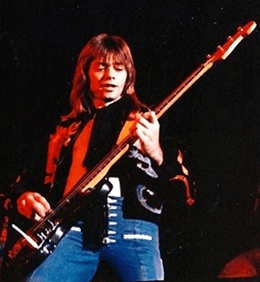
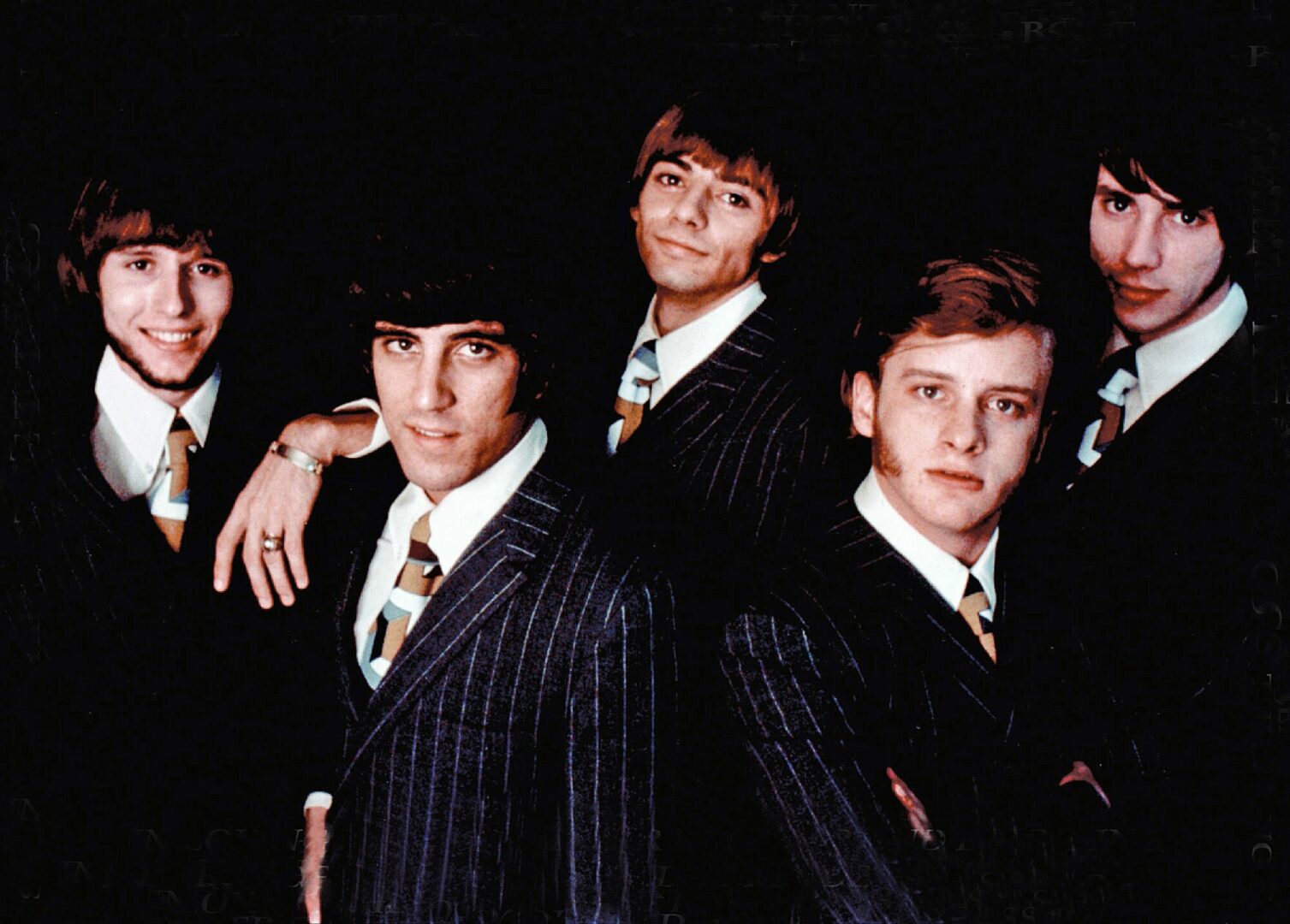
Looking back, what do you think were the three qualities, skills, or areas of knowledge that were most impactful in your journey? What advice do you have for folks who are early in their journey in terms of how they can best develop or improve on these?
From my studies in the College of Rock ‘n’ Roll:
Music was really coming alive for me; I was a teenager at the right time! That was when the Beatles had five Top Ten songs on the radio and the new music was all over the airwaves. The British Invasion brought the Beatles, Rolling Stones, Kinks, the Animals and the Zombies, among others.
I met Mel Dryer in my sophomore year in high school when I was part of the cast in our school’s musical, Oklahoma!, and he played the lead role of “Curly” because of his powerful voice. Mel sang lead for The Tropics, a seven-piece horn band at the time, and he introduced me to Buddy Pendergrass, the founder of the band. Buddy needed a bass player and asked me to join. So I bought my first bass guitar, made by Gibson; it was a burgundy Epiphone four-string bass. That was the end of the folk music repertoire for me!
The band Tim and I had formed, the Coachmen, played mainly instrumental surfer music, because none of us had learned to sing and play at the same time yet. My new band, The Tropics, started out in the early ‘60s with Wayne Guida, trumpet, Ronnie Ferrer, sax, and Spencer Hinkle, drums, and played tunes like Let Your Love Light Shine On Me. (Love Lights)
Charlie Spencer Buddy Mel- Buddy Wayne Ronnie Eric
Dick and Margie Sexton were the owners of the Surfer’s Club and St. Petersburg’s Silver Star Skating Rink, an outdoor skating rink that featured bands on weekends. In 1964, we auditioned for them and Margie decided to back the band as our manager as long as we dropped the horns and became a “Beatles-type” band.
The Tropics now included members Buddy Pendergrass, band leader, Mel Dryer, lead vocals, Eric Turner on guitar, Bobby Shea, drums, and yours truly on bass guitar. We were building a buzz in and around the coast of Florida—amassing a following of fans.
The Surfer’s Club was a popular teen dance hall in Madeira Beach located in a strip of storefronts right on the beach where teenagers from all over gathered to dance, listen to the music and meet other teens. It was here that The Fabulous Tropics (as Margie called us) became the house band and developed into a skilled act with tight grooves and bass-driven rhythm.
In Florida, teenagers would party on the beaches. In those days the beachfront wasn’t as developed as today; the condos hadn’t taken over yet and there were big expanses of sand lined with pine trees. (As a matter of fact, the pine trees were so plentiful back in the day, that it’s why the Spanish explorers named this area, now our county, Pinellas!) Kids would have bonfires on the beach at night, ride their dune buggies on the sand and dance with their favorite bands on Friday and Saturday nights.
I can remember being at one of those beaches, Sand Key, having a weenie roast with some friends from high school and kicking a catfish, wounding myself when the boney fish whiskers penetrated my big toe. It still hurts just thinking about it!
I can also remember cruising up and down Gulf Boulevard looking for parties in my first car, a 1952 Cadillac with a surfer’s stripe that went from the hood, over the top to the back, which I bought from a neighbor of Buddy’s when I lived with him in his parents’ house. (I had moved in with him not long after joining the band.)
This was the atmosphere of the day, and the Surfer’s Club fit right in. It was directly on the Gulf and everybody liked to go out there on the band’s breaks. Even we would hang out there during our breaks!
Playing regularly as the house band at the Surfer’s Club, we honed our skills. We arranged high energy stage routines and choreography, played upbeat rock songs and danceable funk songs by James Brown and the Beatles, changing our wardrobes and dance routines for each set. We weren’t just a few guys in a rock band anymore; we became self-made entertainers. By then, The Tropics were solid musically and we started writing our own tunes. In October 1965, we recorded I Want More which became a number one hit locally. This single was written during a band break one evening at the Surfer’s Club with the help of our producer, Phil Gernhard, and was released on the Knight label with Freeport Records distributing it nationally. This resulted in a surge of popularity which led to an incredible show that drew over 5,000 fans to Tampa’s Curtis-Hixon Hall.
Along with the Tampa Outsiders and the Roemans, we opened for the Dave Clark Five on November 30, 1965. Popular television personality Dick Clark toured the country looking for hot music scenes, and hearing about the buzz that our band had created in Florida, he asked The Tropics to headline his Where the Action Is teen dance held at the Bayfront Center arena in St. Petersburg.
The press caught on to The Tropics’ fervor, and soon newspaper and magazine articles paid tribute to the talent and energy of our music and legendary stage choreography. We filmed a segment for the nationally syndicated TV show called 10-A-Go-Go, which was our local equivalent to American Bandstand. With favorable reviews in music magazines like Record World, we began touring statewide and the Southeast.
Releasing a string of successful singles, like It’s You I’ll Miss, You Better Move, For a Long Time and Black Jacket Woman, the years of 1965 and 1966 were the beginning of our growing success. Hearing those songs on the radio meant we had finally made it big!
1966 with James Brown backstage Fort Homer Hesterly Armory Tampa
We were really into doing a Beatles set and a James Brown show with cape and everything back then. We used to play in Cocoa at Tiger’s Den that was very cool with parachutes on the ceiling. When we played on the pier at Cocoa Beach, the surfers would hang around. We had matching outfits with vests and red and white striped pants, and the surfers would call us “the bitchin’ red band.”
With the success of our records and live shows, we acquired a huge fan club following that still lives on today. In those days, without all of today’s technology, it was a way for people to stay connected to the band.
On July 30, 1966, in Chicago, Illinois, we stepped onto the McCormick Place stage to accept the trophy as the winner of the International Battle of the Bands, which included over 500 bands vying for fame and a contract with a major record label. Bands like Chicago and Tommy James & The Shondells played hard, but The Tropics won the honors, which included being interviewed on WLS in Chicago—and a contract with Columbia Records.
We became a road-worthy band and toured heavily around the country, appearing with acts like The Who, The Young Rascals, The Yardbirds, The Hollies, Dave Clark Five and Grand Funk Railroad.
In 1968, two years after winning the International Battle of the Bands in Chicago, we finally got to take advantage of our Columbia Records contract and recorded the song Time at their studio in New York City with producer Teo Macero. Aretha Franklin was in the next room recording some of her stuff. We met her in the hallway and she listened to our session. Her hit, Respect, was a song I sang in falsetto at some of our Tropics’ gigs at the time.
While in New York, we played at a nightclub in the city called “Steve Paul’s Scene”. When we went to scope out the venue, we entered a room downstairs in a dingy basement setting and heard the sound of Hang on Sloopy blasting through the doors. It turned out to be The McCoys with Rick Derringer playing The Scene that night. Up above was a coffee shop called The Greasy Spoon and on the jukebox was the very first time that we heard Purple Haze by Jimi Hendrix. Compared to cover songs like Paul Revere and the Raiders’ Kicks, The Tropics were blown away and embarrassed at the same time. When it came time for us to perform, we were greeted by an opening act in the personage of the one and only, Tiny Tim. He sang the song Tiptoe Through The Tulips and we proceeded to play music which included steps and choreography. I was feeling a little out of place in that hip little New York nightclub full of hipsters, beatniks and way too-hip New Yorkers.
I can remember staying at one of the city’s mid-priced hotels on the fifth floor, and you could hear all the traffic noise from below which didn’t allow for much rest. From our hotel, we took a subway to Greenwich Village. A duo was playing at the Night Owl Café and our manager, Margie, was booking them out of Tampa. They claimed to be cousins of the Beatles. Their names were Travis and Coventry, a brother and sister team. They looked and sounded like the Beatles as a promotional gimmick. I remember having a crush on Coventry. She ended up being the Black Jacket Woman. Many years later, I would re-record the song in my own style.
Towards the end of our week playing the Scene, we visited a few other venues and sat in the front row during a Frank Zappa and the Mothers’ show. On our last night performing, we were visited by The Doors with Jim Morrison, who were slated to play there the following week. I couldn’t wait to get back home so I could feel halfway hip again because I really felt out of place in New York as a Tropic.
After its release, Time drew attention nationally and made American Bandstand’s “Rate a Record.” Scoring 92 on Bandstand meant that the hip Zombies-like tune would get national airplay. This tune, along with I Want More, is probably best remembered by Tropics’ fans. When Dick Clark held the microphone to a teenager who screamed, “The song has a good beat and you can dance to it,” the band was at a fan’s house at Cocoa Beach. We were all sitting down for dinner when we heard the song on national television for the first time. Yeah, that was it! They usually rated two songs on that segment of Bandstand. The other song that was up for voting was the Oogum Boogum song and I think that song won the higher rating.
Unfortunately, The Tropics weren’t a priority for Columbia as the label was promoting bigger acts like The Byrds, Bob Dylan, Simon & Garfunkel, and Paul Revere and the Raiders. Consequently, we didn’t get as much radio airplay, but worked regularly and were a very successful live act in the Southeast U.S.
All of us guys in the band had a thing for cool cars, I guess. In the early days of driving to and from gigs, Bobby Shea had a Pontiac GTO. At one point, I had to have a GTO as well, so I bought one. Going back and forth between Tampa and St. Pete in those days meant driving across Gandy Bridge. There was one night, late, after a band job in Tampa that I remember driving across the bridge in my GTO and Bobby was in his. We gradually picked up speed on the Tampa side and by the time we were at the hump of the bridge we were full-on racing each other! I think Bobby won by the time we hit the St. Pete side. Luckily the Highway Patrol wasn’t around. It was fun the first time and then I think we did it again another time.
Bobby then bought a Chevy Corvette and he always went to the gigs “solo” as he would say when we checked with each other on how we would get to the gigs, because for a while he lived on Pass-a-Grille, a beach community just down Gulf Boulevard from Surfer’s Club. Of course, not to be outdone, Eric also bought a Corvette! By that time I had dropped the rear end in my GTO and traded it for a Pontiac Grand Prix. Later I traded my Grand Prix for a red convertible ’65 Chevy Impala. We were making pretty good money by this time, so we enjoyed the status of changing cars as often as we wanted to.
Since we were on the road a lot in the mid to late ‘60s, we realized that we needed a much heftier mode of transportation when we went out of state rather than all of us just riding in Buddy’s red Ford sedan pulling a red trailer with “The Tropics” painted on each side. So we moved up to a red Ford van which also had “The Tropics” painted on both sides. Soon after making several trips across the state with the van it became obvious that we needed an even bigger vehicle, as we bought bigger and better equipment and became bigger and better (in our own minds). We then bought a large truck and had a camper custom-built to fit on the back with five beds, a small kitchen area and bathroom with a shower! We still had to pull an even larger trailer behind that to carry all of our equipment. This was a very convenient road rig for about a year or two, as I remember actually using all of its facilities, and some of us even got some sleep on our way to concerts!
We would travel from Tampa to Jekyll Island, Georgia, to Jackson, Mississippi, and there would be gigs from Ole Miss, Meridian, Mississippi, to Baton Rouge and back to Tampa.
Some weekends we went to Jacksonville, Florida, to Valdosta, Georgia, and then drove across to the next gig in Alabama and into Louisiana. We played in Baton Rouge a lot for some fraternity and sorority parties and then down to New Orleans for jobs at Tulane University, high school proms and the like, as well as some debutant parties.
We had several different roadies through those years who drove most of the time. One in particular I remember was Lane Duble from Cocoa Beach. Even though the roadies did the majority of driving, some of us would take turns at the wheel. I know that Eric really enjoyed playing the role of a truck driver and got into the whole big rig thing and the love for big tires. Eric always came up with some funny stuff while he was behind the wheel!
As soon as that road rig wore out we started renting big moving trucks, and the band would fly to the band jobs while the roadies drove. But sometimes to make more money, Eric and I would cash in our plane tickets and ride in the back of the truck with our equipment! Those rolled and pleated Kustom speaker cabinets made for a halfway comfortable couch. This was the time that we all started growing apart, and it was becoming more of a job than being friends in a band.
We were on our last leg when we decided to buy a city bus! Margie advised against it but we took a vote, as we always voted on things, and we bought the city bus anyway. On our very first trip up the road with it, it broke down! We were stranded on the highway and had to scramble some transportation to the gig. While we were waiting for our rides, Buddy got out with a wrench and proceeded to work on the diesel engine and I think he figured out what was wrong with it. I’m not sure if he did or not, though, because I was no mechanic; I was the bass player!
The bus went in the shop, and we decided to try and take it out on our next road trip to New Orleans not long after. It seemed that as a city bus it just didn’t go fast enough on the highway, so we had had a high speed transmission installed in it when it was in the garage for repairs. The bus also had six custom bunk beds and room for all of our equipment, plus an electric generator to run our sound equipment we used when we would take the bus out into the boonies to rehearse a couple of times.
As we entered the city of New Orleans on the night before our show, we headed right down the main drag and into the French Quarter with it. Being bored during the eight hour trip, a couple of us had started up the generator while still back on the highway and had hooked up some of our strobe lights to it. So there we were in the heart of the French Quarter, cruising down the street in what looked like a city bus from the outside but with the inside of the bus blinking on and off with the strobe light going full on! Just for fun, whoever was driving (it had to be one of our crazy roadies at the time) pulled right up to the curb at a city bus stop and opened the boarding door in the front. With some of us seated up front in the stock bus seats, and some of us standing in the aisle laughing with our long hair, beards and mustaches, it was just then that a little ol’ black lady boarded the bus through the door, took one look, screamed at the top of her lungs and said, “This ain’t no damn city bus!” and immediately jumped back out the same door she came in! That was a moment in time I will never forget! Being paranoid about the incident, we immediately drove the hell out of there and parked the old diesel city bus, and that was the last road trip we took in it. It was back to Tampa for us on the following Sunday. We started renting trucks and flying again after that, and ended up selling the bus for junk. But, the fondest memories I have of being on the road were in that bus.
We left Columbia Records, and after that the band recorded several singles for the Malaco label in Jackson, Mississippi. I wrote a Christmas song called Groovy Christmas under the moniker of “Chipper” instead of The Tropics in honor of my son, Chip Souza, who was born on the day after Christmas. I recorded it with Eric radio-ready, maybe obscure, as the flip side of Toy Soldier. I worked with Paul Davis who sang harmony on it. He ended up having a couple of hits, like I Go Crazy. “When I Look in Your Eyes, I Go Crazy.”
When recording in Malaco Studios, I used to stand on top of my 18” bass speaker to feel the vibrations go through my feet and my bones. One time, when Dr. John (Right Place Wrong Time) walked into the studio, he looked at me like I was crazy and said, “Whatcha doin’ up there, boy?” “Well, I’ve got to feel it in my bones, Dr. John, and these headphones just don’t get it.”
We had a lot of good experiences in Jackson, playing for high schools during the day, for pep rallies, and at the Hullabaloo Club at night—the record label people owned the club and it was their studio.
While we played songs by groups like the Byrds and Herman’s Hermits, we never left our R & B roots, and kept James Brown and Spencer Davis Group tunes in the set list.
As music was progressing in the late ‘60s, we added a sixth member to the band with hopes it would update our sound. Mack “Mackie” Willis, who we met at a gig in Dublin, Georgia, played keyboards and had a voice that sounded like Rod Stewart.
In 1969 one of the first big outdoor rock festivals happened, and Jimi Hendrix played Woodstock. Eric and I were both inspired and felt the need for a more progressive style of music. He started playing Hendrix on the guitar and I went in the same direction with him. We decided to do a little heavier metal music than the pop rock music of The Tropics. Then we were asked by Margie and the other guys to cut our hair, start wearing suits again and stop playing the more heavy material. That meant we’d have to forget everything we learned in New York City so we refused, and that was the end of an era—and the Fabulous Tropics.
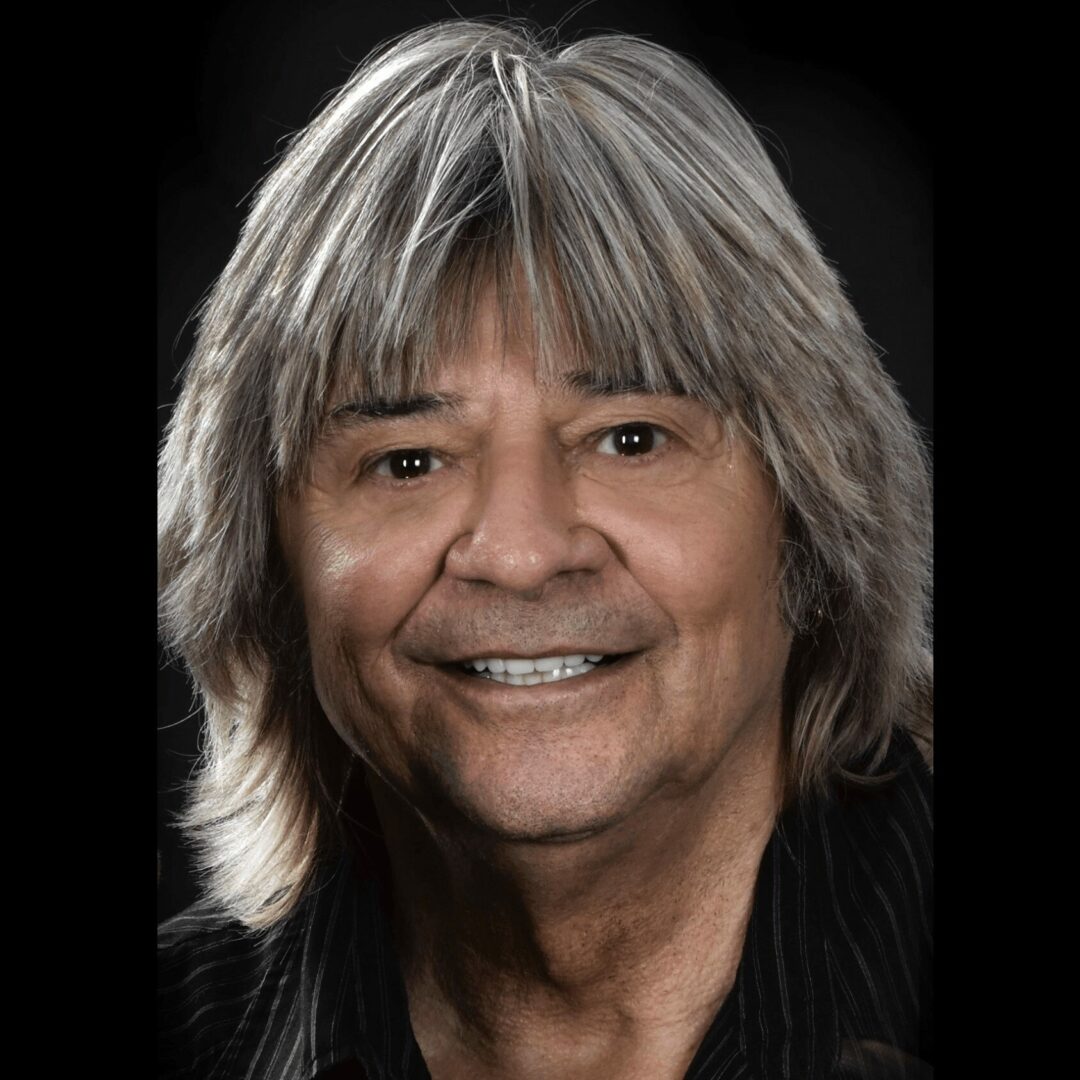
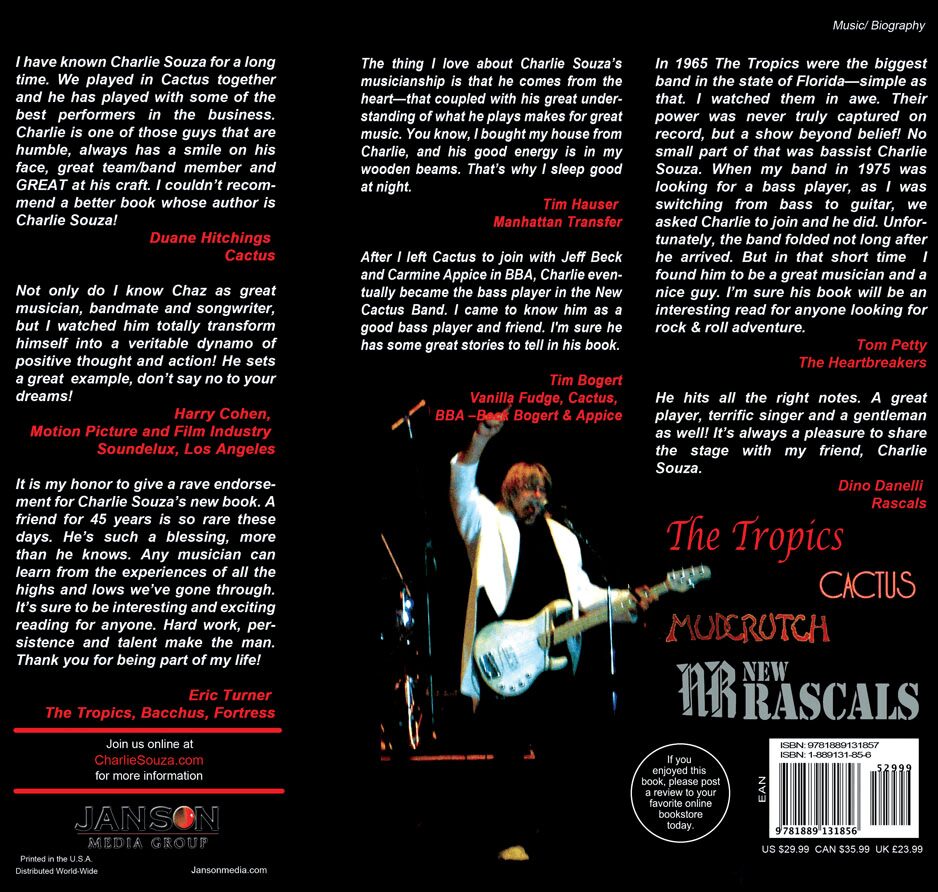
To close, maybe we can chat about your parents and what they did that was particularly impactful for you?
My Mother gave me Piano Lessons and gave me an ear for music which was in my blood at birth, and then I learned to play woodwinds starting at age 9 & picked up a guitar when I was 14.
Contact Info:
- Website: https://linktr.ee/charliesouza
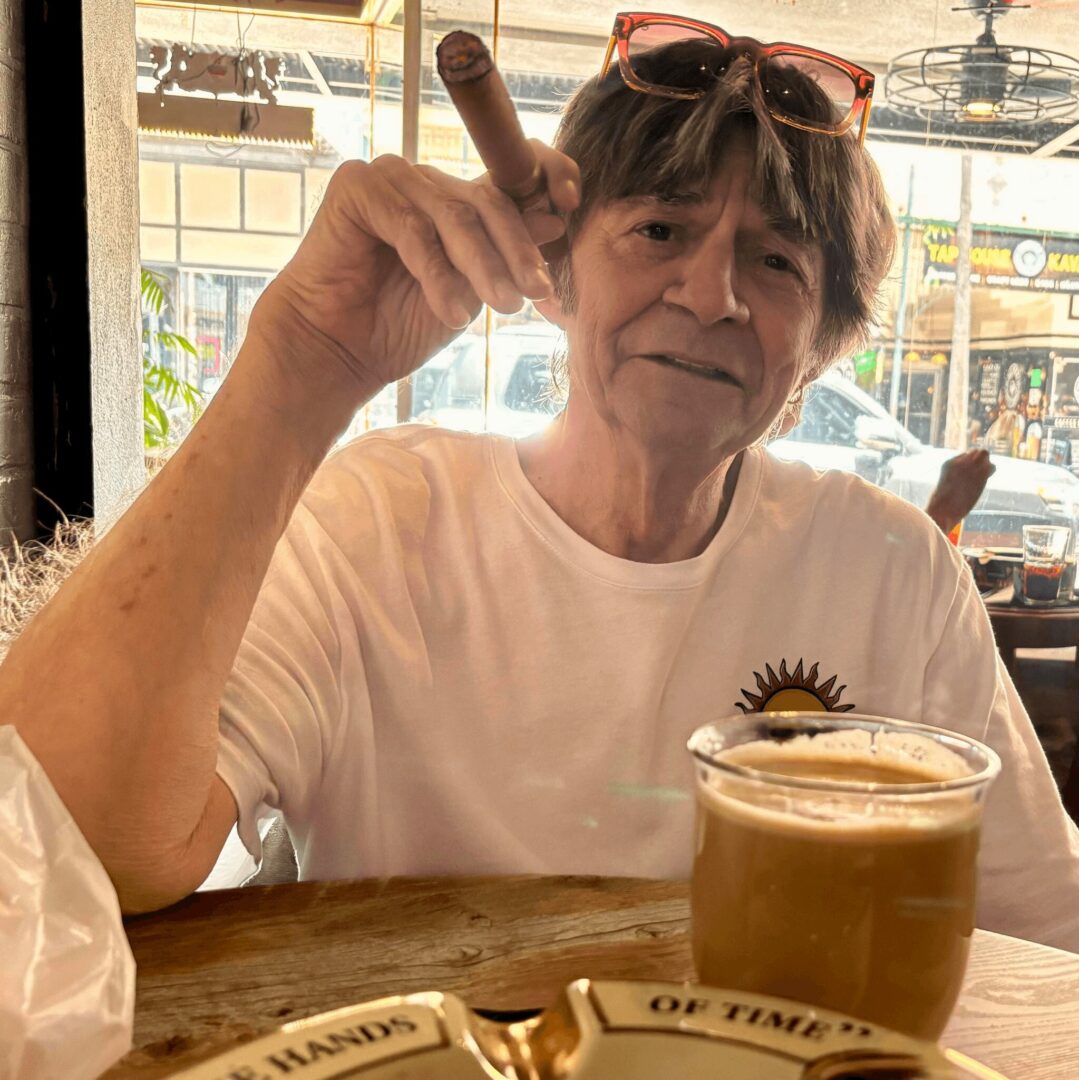
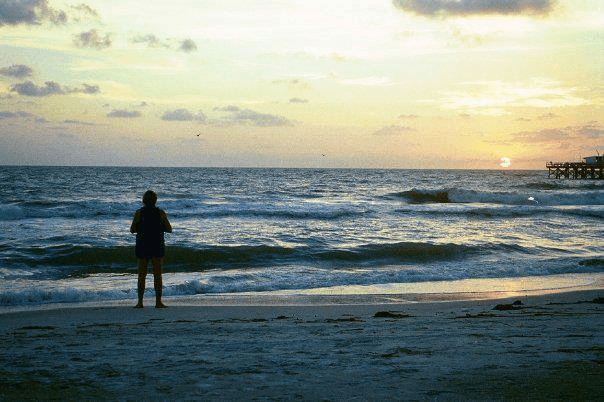
Image Credits
Charlie Souza
George Hudak
Susan Michelson
Laura J. Pipper
Bill Peterson
so if you or someone you know deserves recognition please let us know here.

